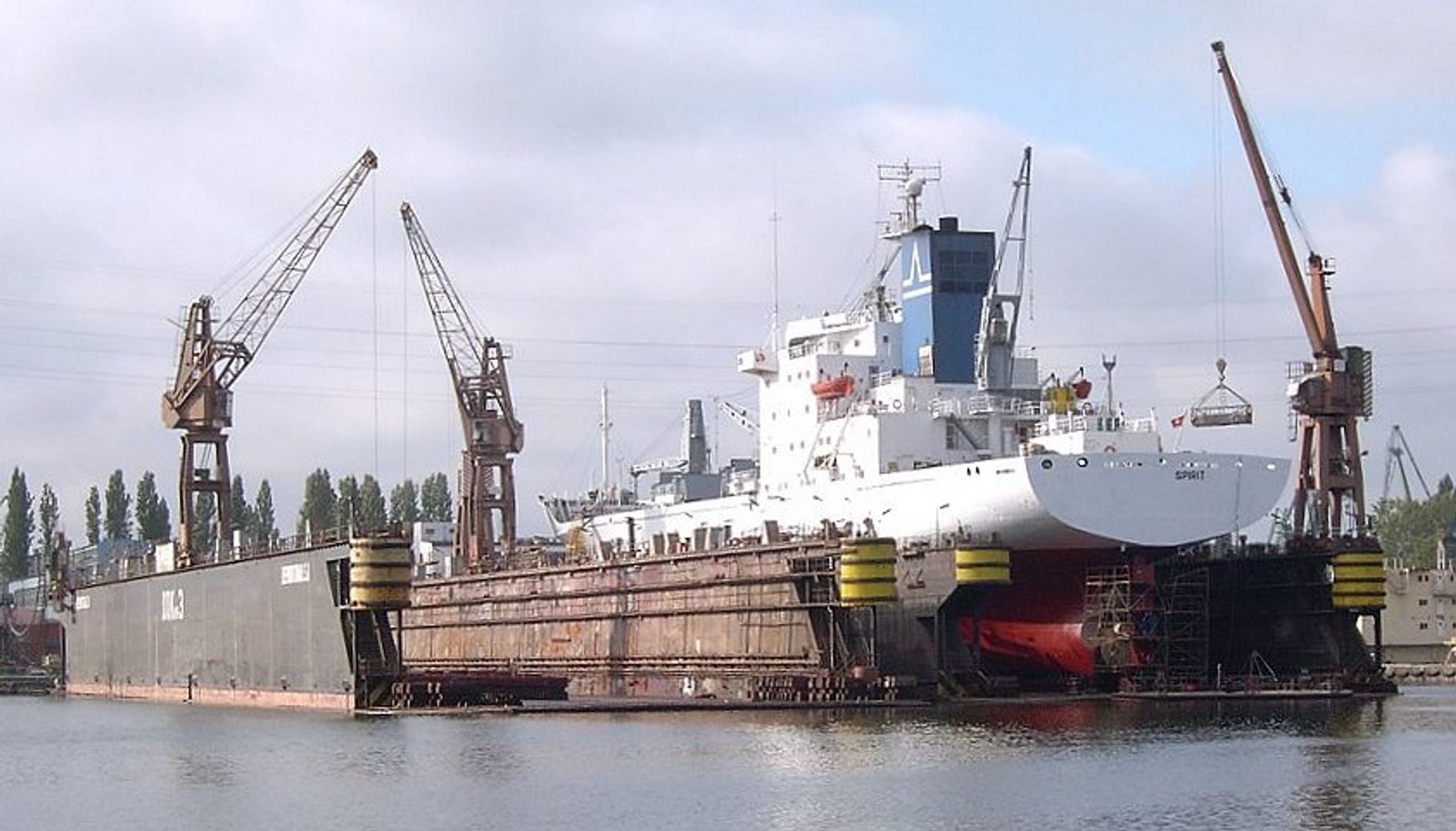Gdańsk Shiprepair Yard "Remontowa"
6.01

Overview
Gdańsk Shiprepair Yard "Remontowa" SA, named after Józef Piłsudski and located on Ostrów in Gdańsk, is the largest ship repair yard in Poland and one of the leaders in Europe. It was established on July 1, 1952, as the Repair Base, and its name was changed to Gdańsk Shiprepair Yard as early as November of the same year. Throughout its history, the shipyard has developed a specialized focus, concentrating on repairs, conversions, and the construction of complex floating units, including offshore vessels. With the transformations in 1989 and privatization in 2001, Gdańsk Shipyard shifted its business directions, increasing the export of its services to Western markets. In 2018, the shipyard repaired 147 ships, generating revenue of PLN 1.08 billion, making it one of the key players in the global ship repair market. Its infrastructure includes a number of floating docks, cranes, and semi-submersible barges, enabling comprehensive service for vessels of various sizes. The shipyard has carried out many innovative projects, including the conversion of ferries into more modern units in line with enhanced safety standards, as well as the construction of vessels for transporting and installing bridges. In 1980, Gdańsk Shipyard played a significant role in the historic solidarity strike, highlighting its importance in Polish history and culture, particularly in the context of the fight for workers' rights. The shipyard is not only associated with the maritime industry but also with the broader Remontowa capital group, which includes various companies involved in construction, repairs, and modern technologies related to the maritime sector. Additionally, the shipyard has been a site of innovation in technology and design, contributing to its growing reputation on the international stage. With its distinctive industrial architecture, the shipyard is also an important part of Gdańsk's heritage, blending modernity with the rich history of the region and the Polish shipbuilding industry. In the Drydock ranking, the shipyard holds top positions in Europe and worldwide, servicing approximately 3% of the global market for floating unit modernization.
Location
2025 Wizytor | All Rights Reserved